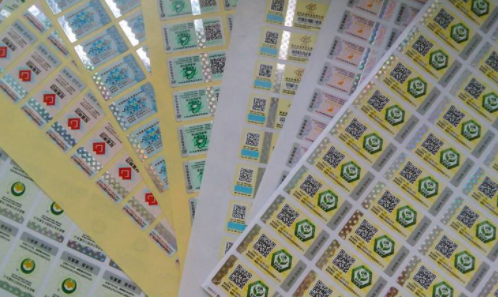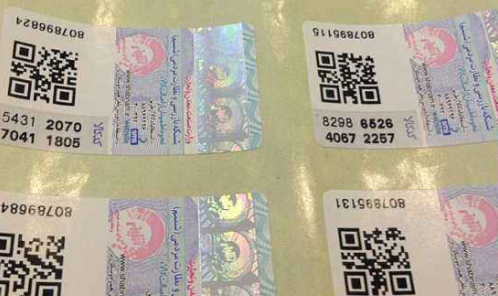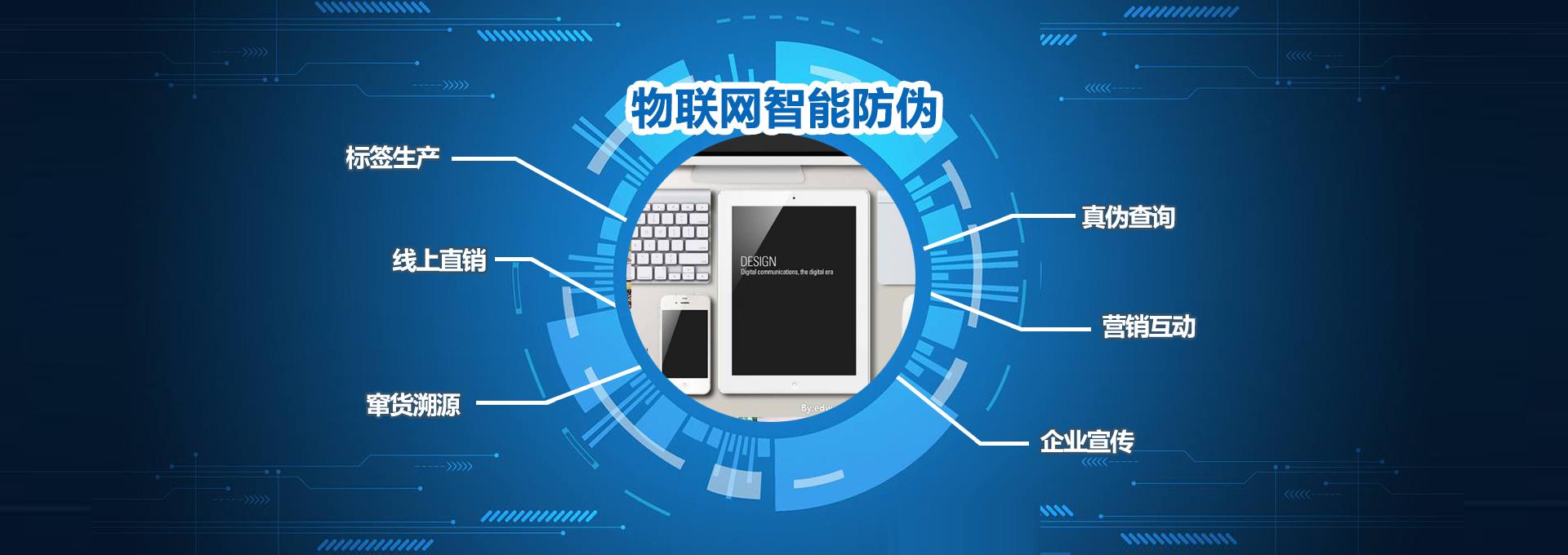Shenzhen City Industrial Co., Ltd. Contact: Liu Jinrong Fixed: 075529966071
Mobile: 13510810460
Fax: 075529966073
Address: 5th Floor, Building 3, Guangyu Industrial Park, Xixiang Street, Baoan District, Shenzhen
Analysis of two-dimensional code anti-counterfeiting label and variable data printing
Analysis of two-dimensional code anti-counterfeiting label and variable data printing
QR code anti-counterfeiting labelIt is a label that integrates two-dimensional code technology and a variety of printing technologies. The QR code looks very small, but it can carry a lot of information. After the brand owner encrypts the feature information of the product, it can produce a QR code, which can be used as a tool to verify the authenticity of the product after making it into an anti-counterfeiting label. As long as people scan the two-dimensional code anti-counterfeiting label, they can quickly and easily find out the authenticity of the product.

Every product has a QR code anti-counterfeiting label. In order to ensure the uniqueness of each product information, some manufacturers of anti-counterfeiting labels require variable data printing when printing the QR code. Technology. The design of the QR code has certain rules. After the brand merchants organize the information that needs to be coded, a different QR code can be formed through the program. If you want to produce 1,000 copies of the QR code anti-counterfeiting label, you can produce 1,000 different QR codes, and use variable data printing technology to produce them. This printing technology does not require stopping the machine every time the QR code is changed, which is very convenient. This continuous printing production method greatly improves the production efficiency.
If the QR code anti-counterfeiting label is printed with variable data, the cost will be relatively higher. In order to save the cost of anti-counterfeiting, some businesses will design the two-dimensional code into a fixed style, but use various anti-counterfeiting technologies to print the corresponding anti-counterfeiting information. When consumers scan the two-dimensional code anti-counterfeiting label, an input verification interface will appear, and the authenticity of the product can also be inquired after entering the corresponding anti-counterfeiting information.

Previous: Explanation of the importance of digital watermarking for QR code anti-counterfeiting labels
下一条: How to design a radio frequency laser holographic anti-counterfeiting label
Related News
- Is there a tag security tag that can't be torn down?
- Food Information Security QR Code Development Trend
- What are the applications of QR code anti-counterfeit labels?
- What is the printing process of anti-counterfeiting label factory packaging?
- QR Code anti-counterfeiting label becomes the new trend of market anti-counterfeiting traceability
- How do consumers identify laser security labels?
- Introduction to laser holographic anti-counterfeiting knowledge
- How to identify the authenticity of laser anti-counterfeit labels
- Anti-counterfeit QR code label production process
- Laser anti-counterfeiting label production process introduction
- Explanation of the importance of digital watermarking for QR code anti-counterfeiting labels
- Application of Moiré effect in laser holographic anti-counterfeiting
- Analysis of anti-counterfeiting process of three-dimensional QR code anti-counterfeiting label
- On the importance of laser anti-counterfeiting labels during the epidemic
- Laser holographic anti-counterfeiting manufacturer's explanation on the characteristics of digital watermarking technology
- Application of Code Anti-counterfeiting Label in Fireworks Industry
- How to distinguish the authenticity of edible oil laser anti-counterfeit labels
- Anti-counterfeit label factory teaches you how to choose anti-counterfeit labels
- The benefits of automated production in anti-counterfeit label factories
- The difference between the two forms of code anti-counterfeiting label



